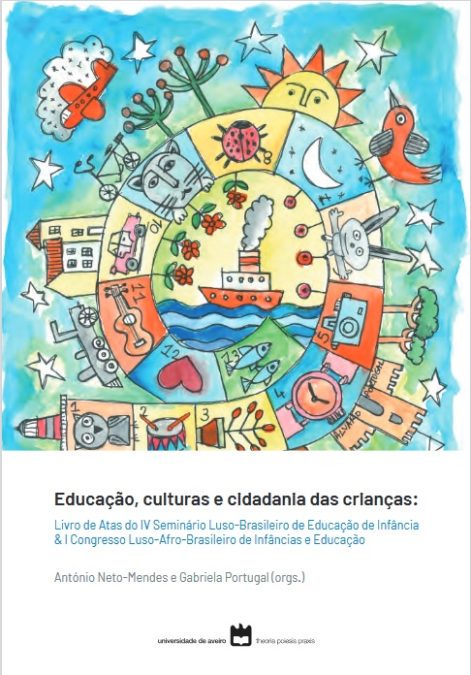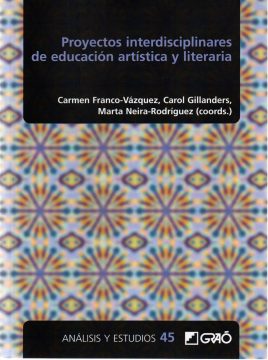
O Capuchinho Vermelho e os seus múltiplos papéis: para uma leitura de alguns livros-objecto
24 February 2022
Representaciones de Santiago de Compostela en la literatura infantil gallega del siglo XXI. Un camino de lecturas textuales y visuales
25 February 2022Relações semânticas entre a palavra e a imagem no livro álbum de literatura infantil
- Olalla Cortizas Varela
- Anabel Medeiros Azerêdo de Paula
Year of publication:
2019
Editorial:
UA Editora
ISBN:
978-972-789-622-6
How to quote
Medeiros, A., & Cortizas, O. (2019). Relações semânticas entre a palavra e a imagem no livro álbum de literatura infantil. En Neto-Mendes, A., & Portugal, G., Educação, culturas e cidadania das crianças: Livro de Atas do IV Seminário Luso-Brasileiro de Educação de Infância & I Congresso Luso-Afro-Brasileiro de Infâncias e Educação (pp. 389-398). Aveiro: UA Editora. https://ria.ua.pt/handle/10773/27138
Abstract
The aim of this paper is to explain how the semantic relations between word and image (Santaella, 2012) contribute to the construction of meaning in the book-album. The verbal sign and the visual sign represent the world differently; while the meaning of verbal language is arbitrary, conventional and requires systematic learning, visual language is the one that has the most similarity and universality with the object of reference (Chance, 2006). As children are challenged by visual messages from a very early age, it is necessary to teach them how to interpret the image. However, according to Piaget (2003), during the pre-operational phase, children are not yet fully capable of establishing analytical-conceptual relationships, although they are already able to perform symbolic operations. For this analysis, children’s literature albums were selected according to their respective catalogues. The book-album allows the beginning reader (Coelho, 2000), even if not literate, to read/listen to a story and establish relationships with the visual part of the text, confirming or extending the descriptions of the characters and the account of their actions, resulting in a progressive appropriation of linguistic, visual, cultural, symbolic, and literary codes (Ramos, 2010) and the development of reading competence.


